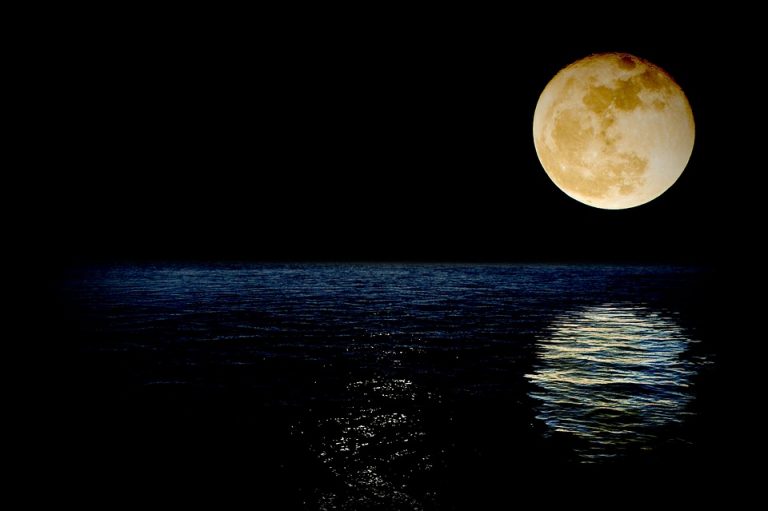
Tanner Walker
Science & Tech Editor
Early Wednesday morning, a rare combination of lunar events will cause Earth’s moon to glow unlike it has since 1866. A blue moon, supermoon, and total lunar eclipse will combine for an unusually large, bright, and red moon.
The eclipse will be out of view for most of the world, but Santa Barbara stargazers are in luck. Weather permitting, the lunar eclipse will be visible from 4:51 to 6:07 a.m. on Wednesday, Jan. 31.
The events causing the “super blue blood moon” aren’t actually that rare on their own, but its very uncommon for these events to happen simultaneously.
A blue moon is the most common of the three, and the term simply refers to the second full moon in a calendar month that unfortunately does not turn blue. Because the moon’s synodic period (the time period from full moon to full moon) is about 29.5 days and doesn’t line up with calendar months, we get blue moons “about every 2.72 years, or about 3 percent of the time,” said Dennis Mammana from Santa Barbara Independent.
Supermoons, on the other hand, are a bit more exciting.
The moon orbits the earth following an elliptical the same way the earth orbits around the sun, which means on some full moons it is closer than average. When the moon is closest to Earth during a state called perigee, it is 14 percent closer than the farthest state, which is called apogee.
The small increase in size is hard for human eyes to detect from so far away, but if a full moon happens during perigee, it appears 30 percent brighter than normal. The combination of increased size and brightness make the moon much more visually striking than a normal full moon.
A full lunar eclipse, though, is much less common than the other lunar events occurring this Wednesday. In fact, lunar eclipses are almost as rare as solar eclipses. Lunar eclipses happen when the earth falls between the sun and the moon, blocking the light that would otherwise reflect off the moon.
The shadow that earth casts over the moon is divided into two parts. The smaller, darker part is the umbra, where all rays of light are blocked. Anything within the umbra will be completely out of view of the light source and totally dark.
When the moon lines up inside the umbra like this Wednesday, it would be completely dark if not for Earth’s atmosphere’s ability to bend light. As light passes through the atmosphere, it is refracted towards Earth’s surface. At the same time, colors with short wavelengths like blue and green scatter or are filtered out, with only long wavelength colors like red and orange that remain.
These long wavelength colors bend around the earth and are funneled towards the moon, indirectly lighting up the moon while it is in the dark umbra. This results in a “blood moon” that glows orange and red rather than pure white.
Aside from the rarity and beauty of the event, scientists at The National Aeronautics and Space Administration (NASA) hope the eclipse will give them insight on potential locations for land rovers in future missions. Different parts of the moon’s surface like sand or solid rock will cool down at different rates with the sudden loss of sunlight. According to NPR, reading the surface temperatures could reveal areas with the right balance of stability and open ground for landing vehicles.










